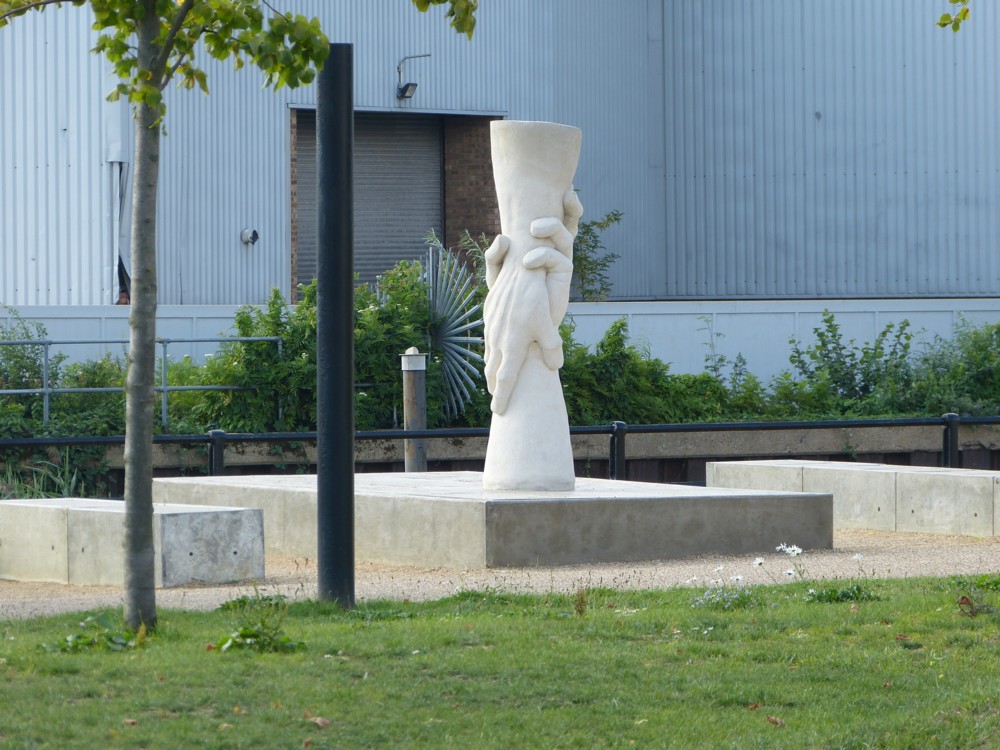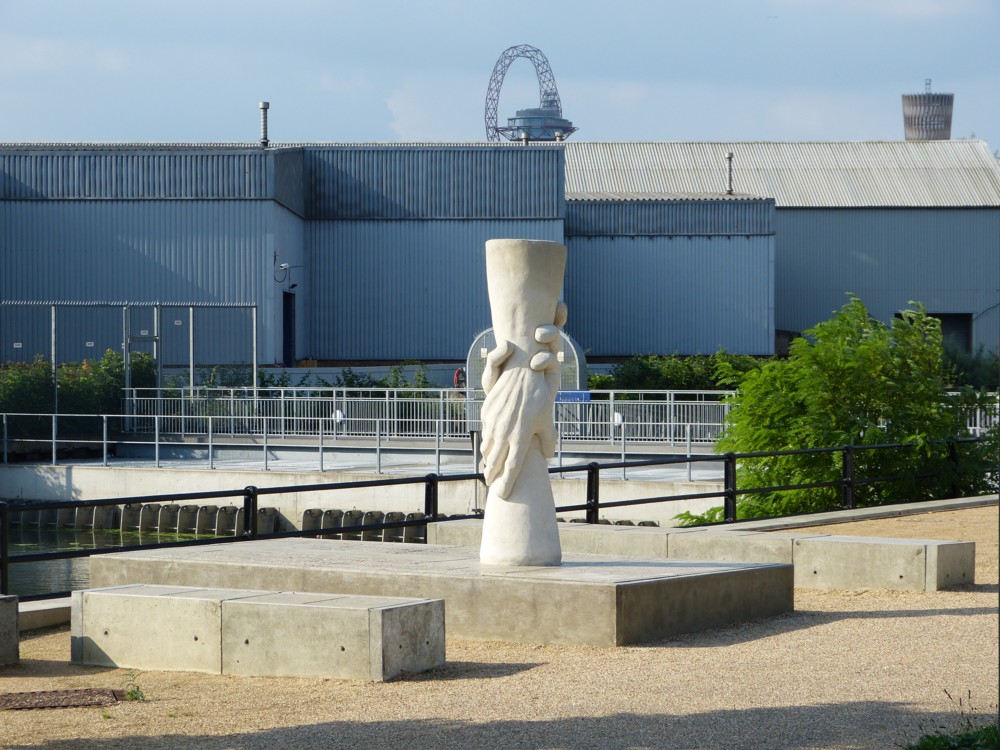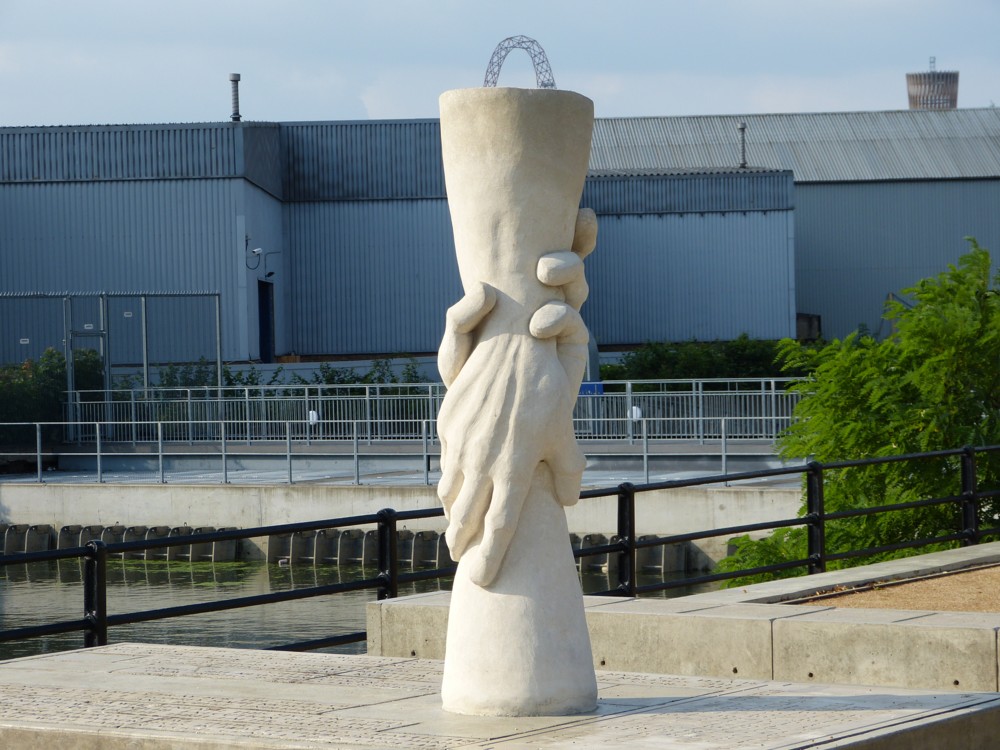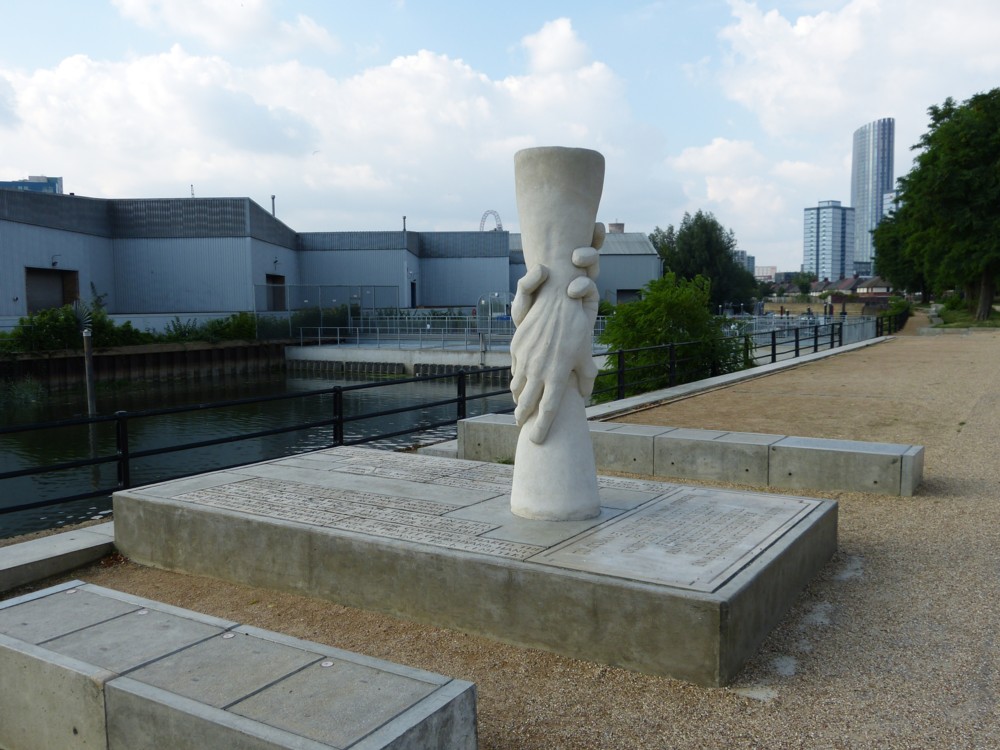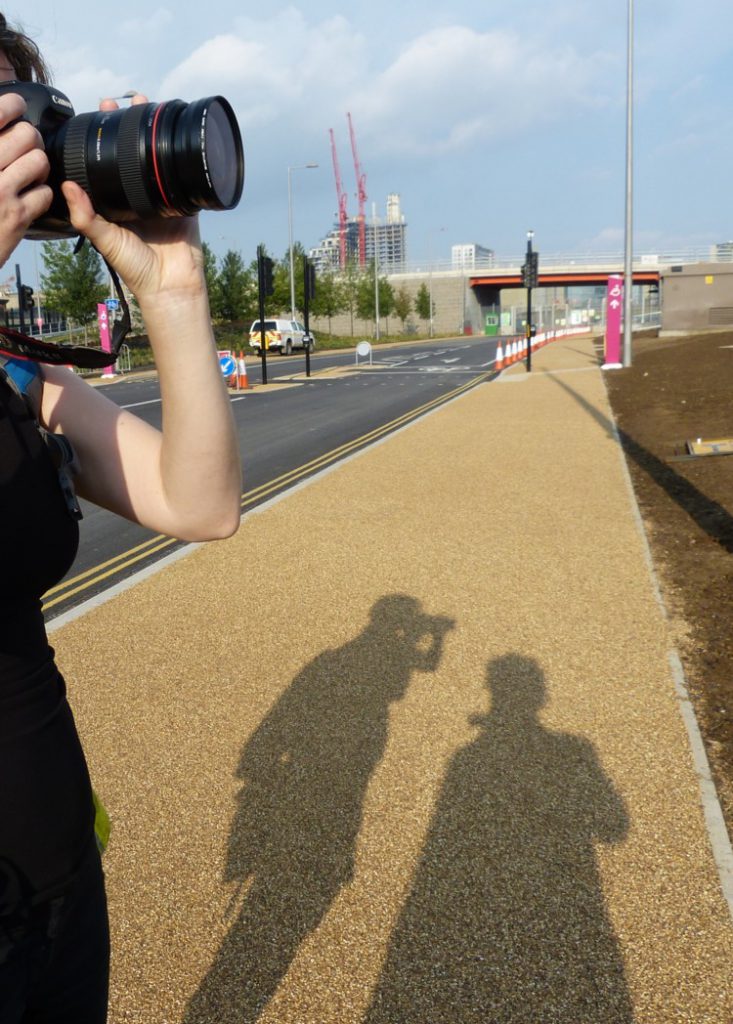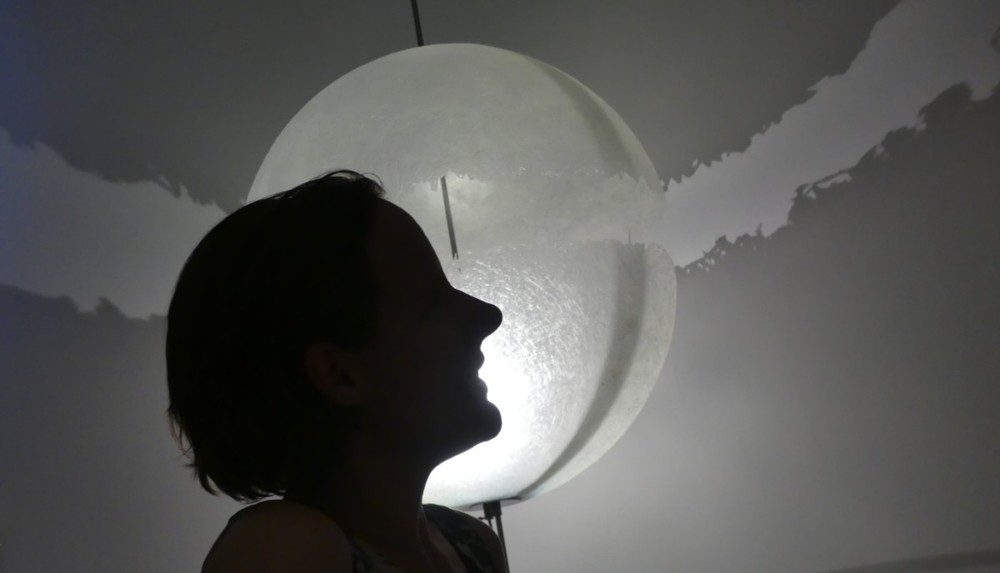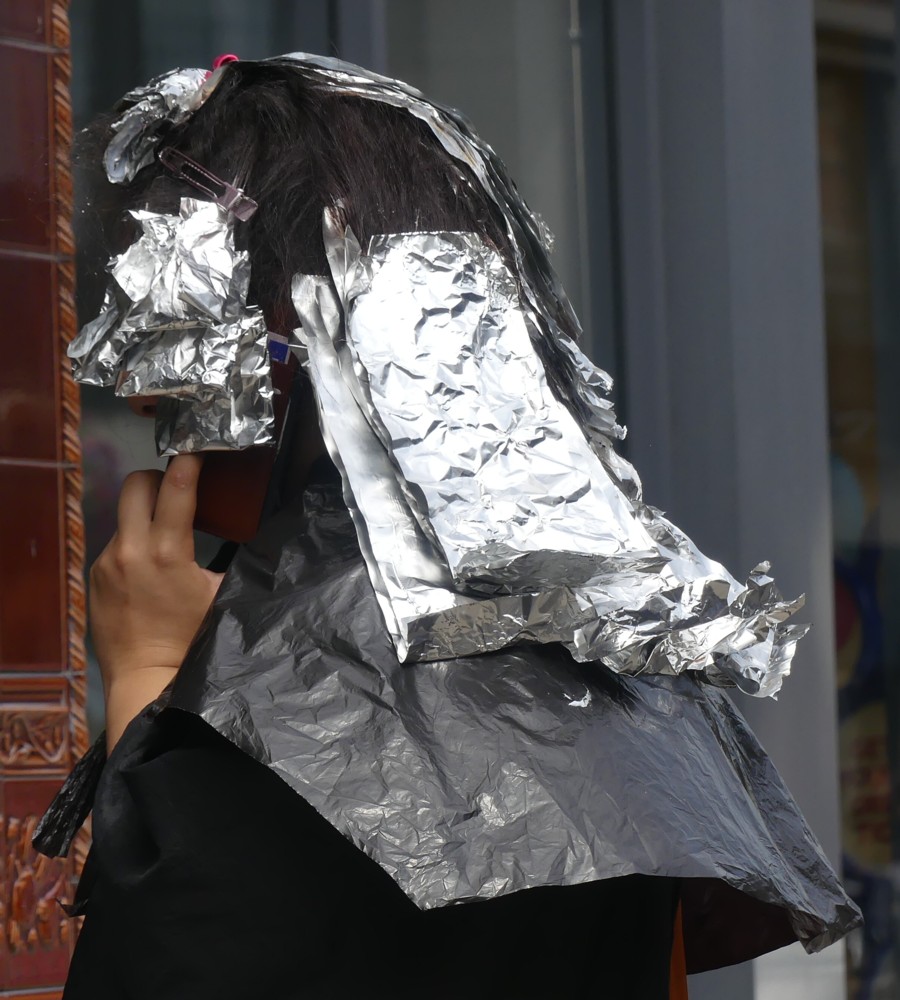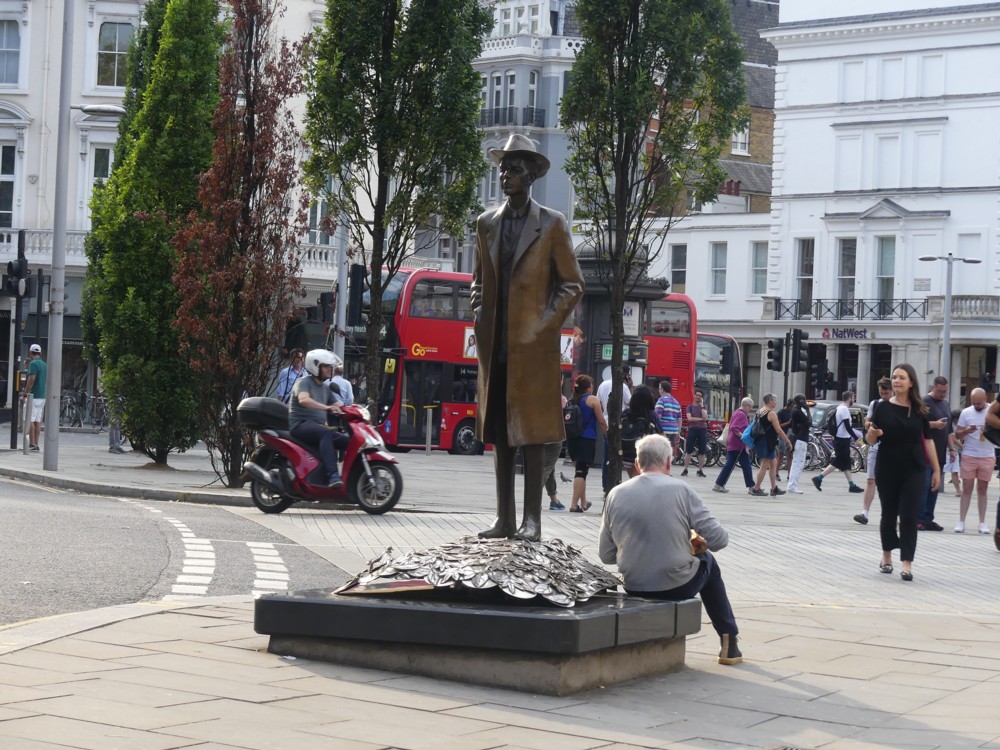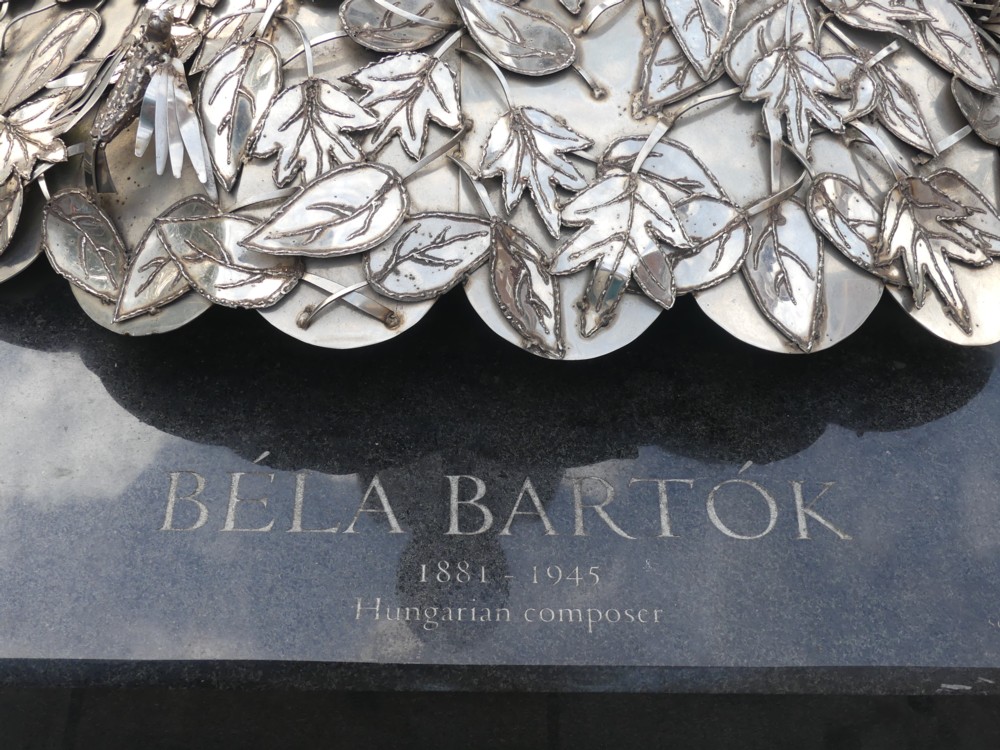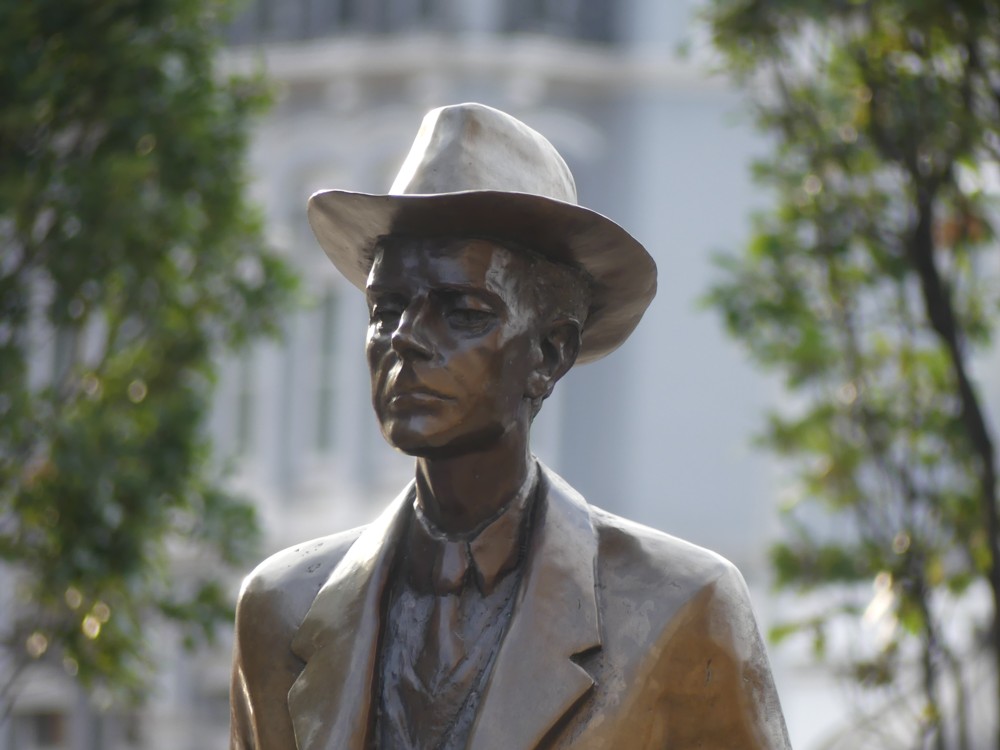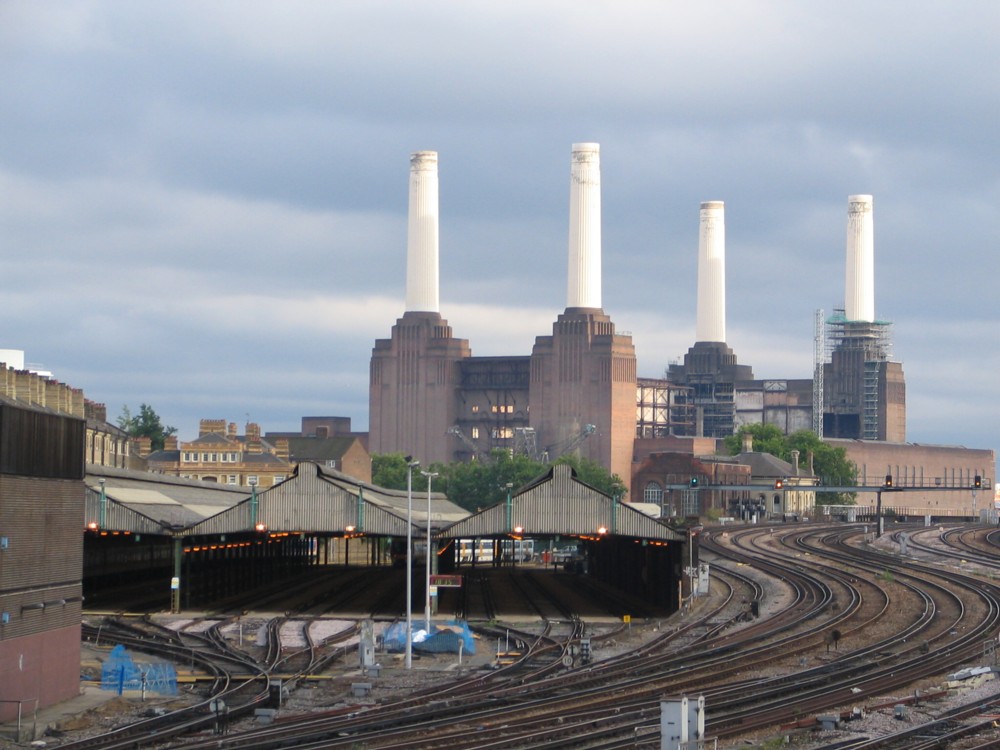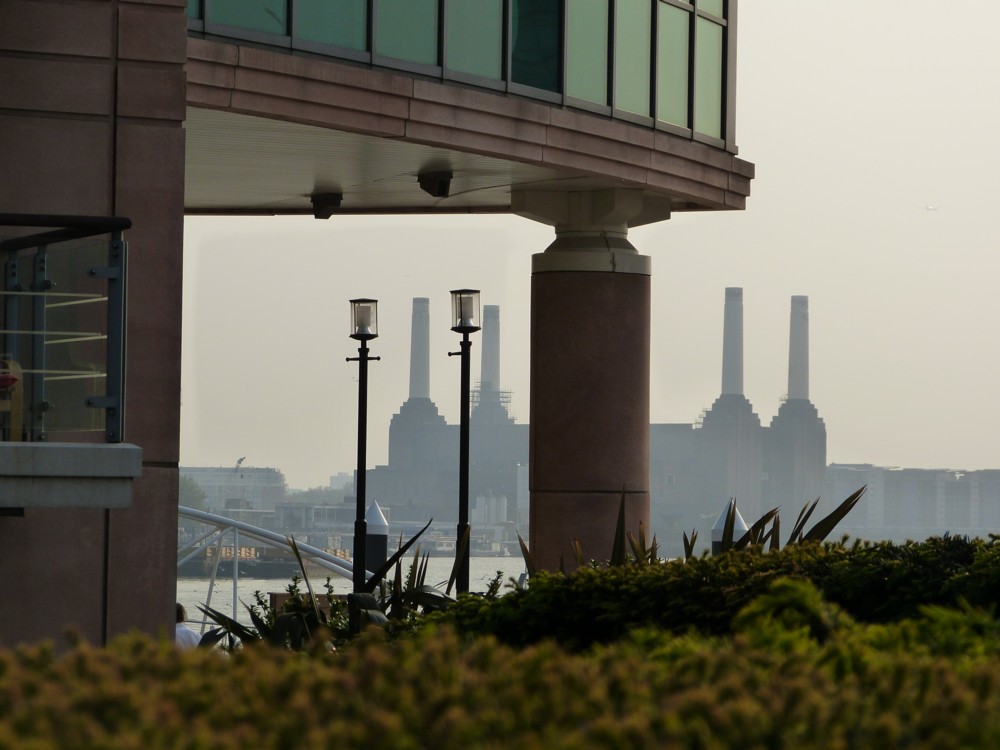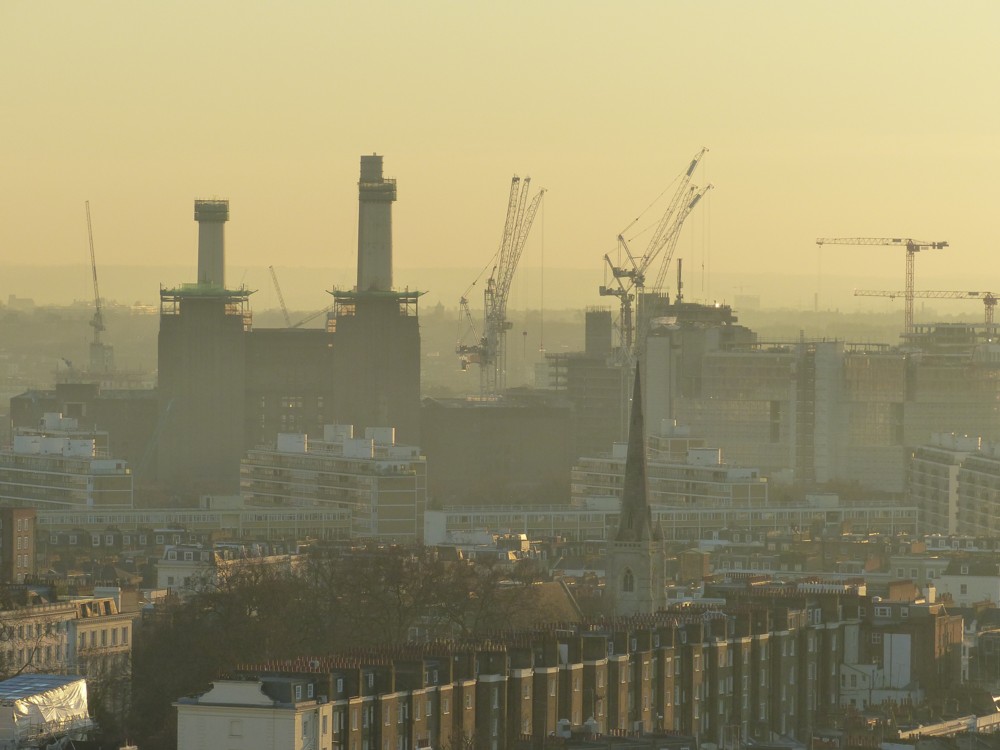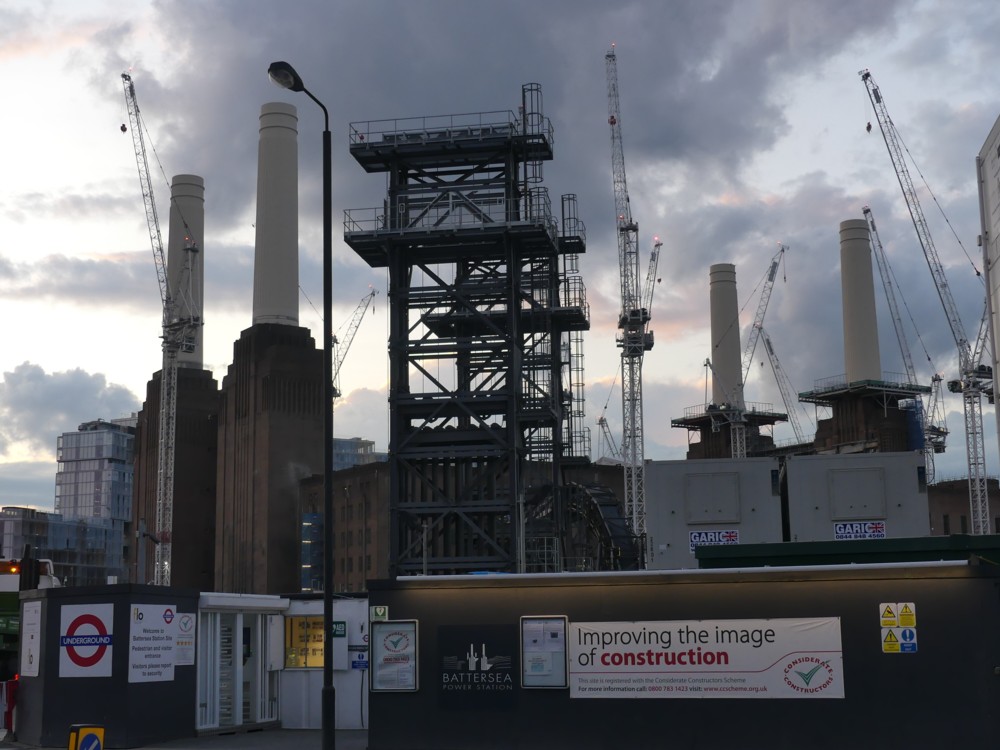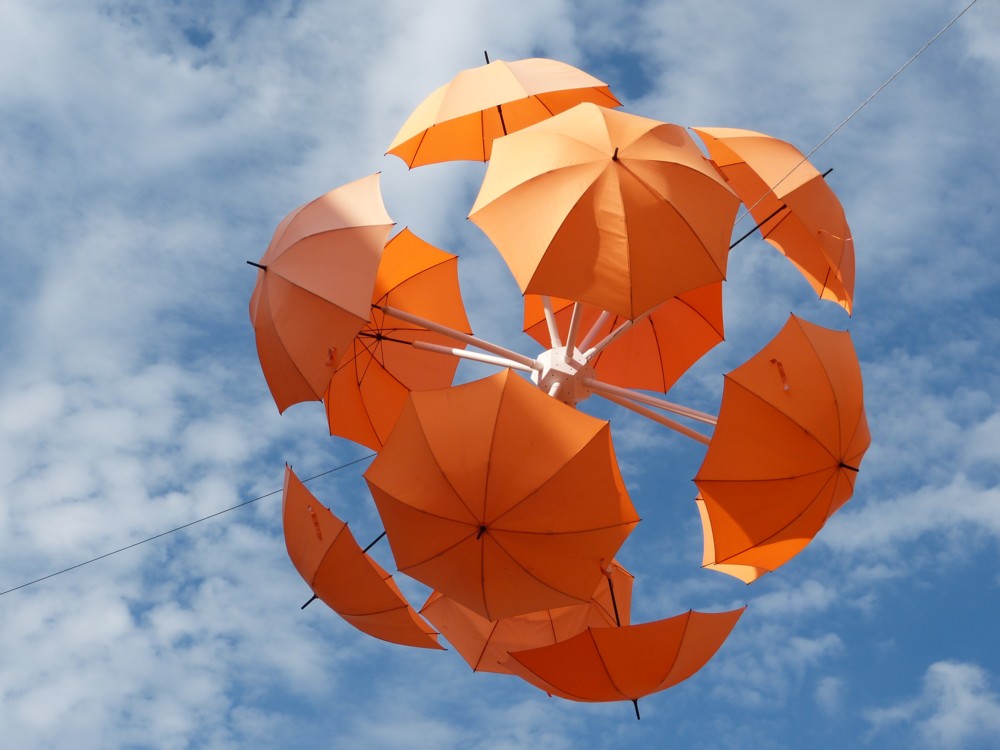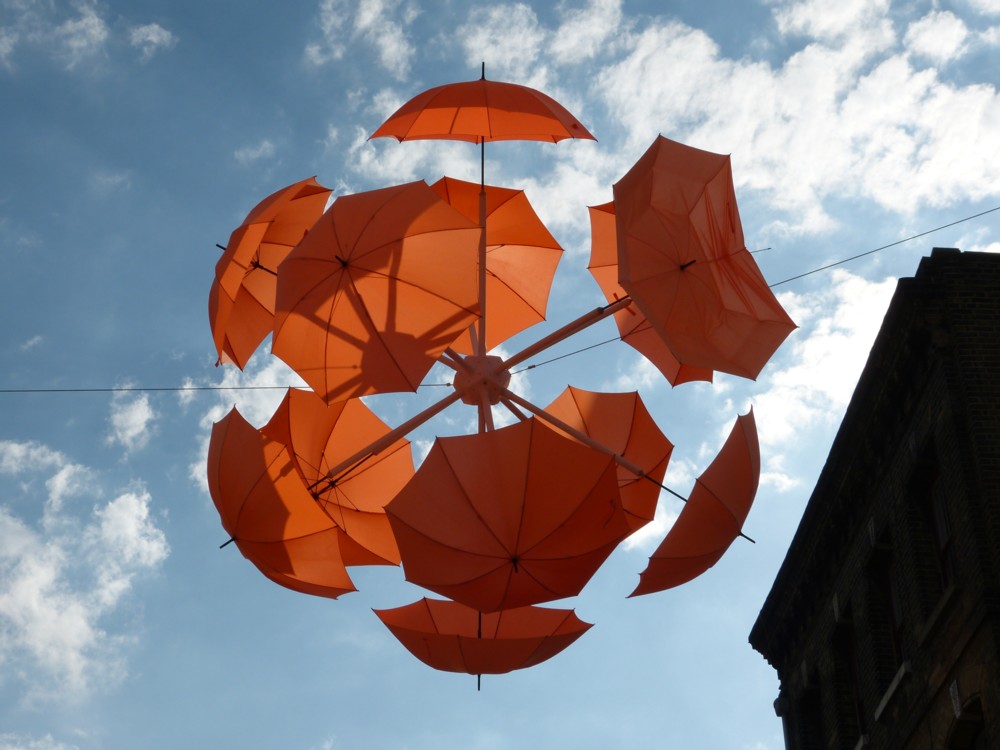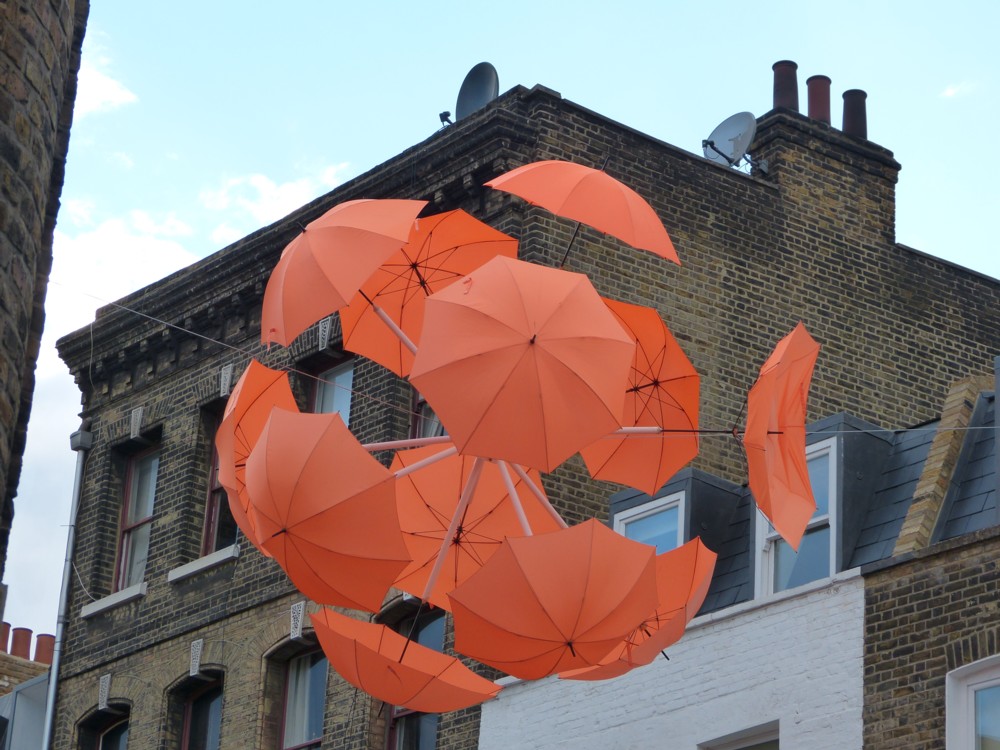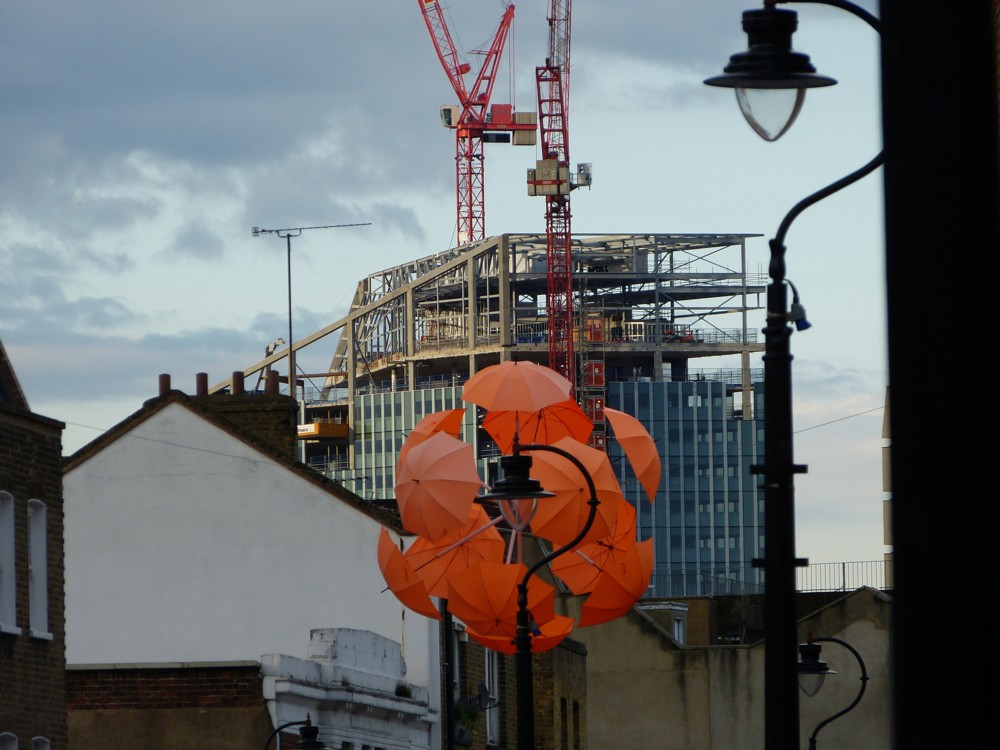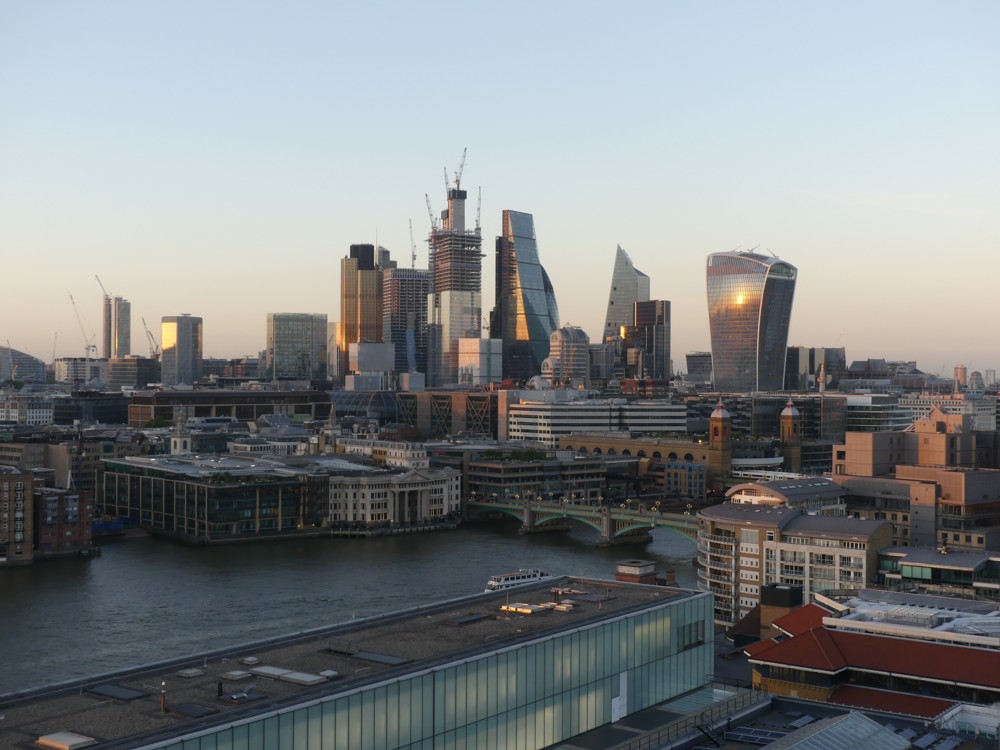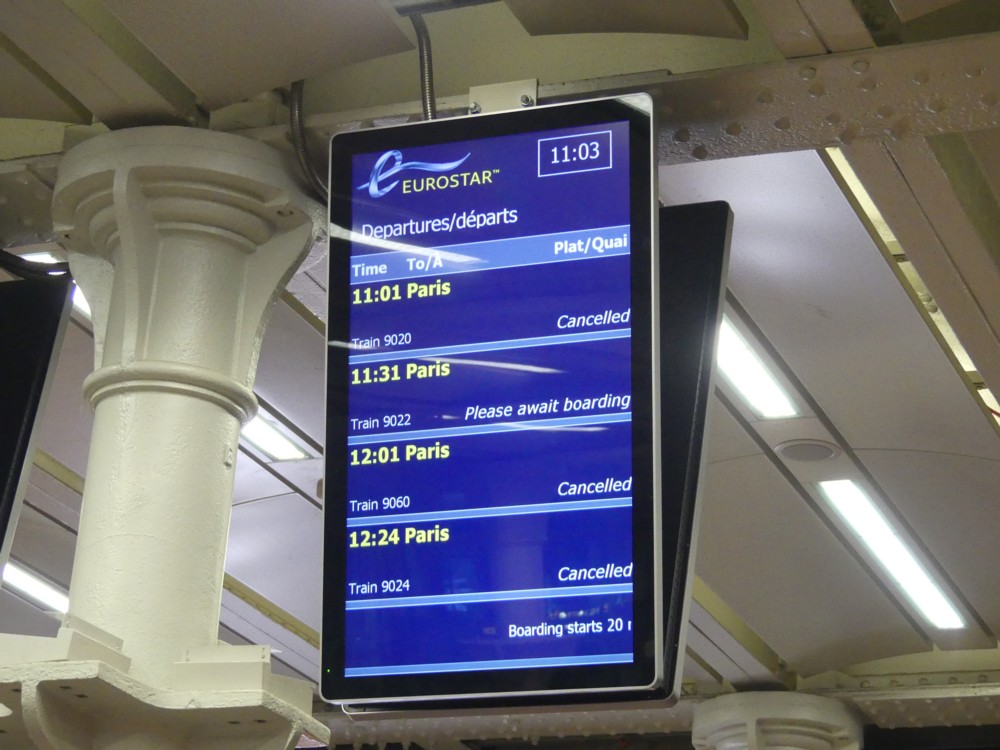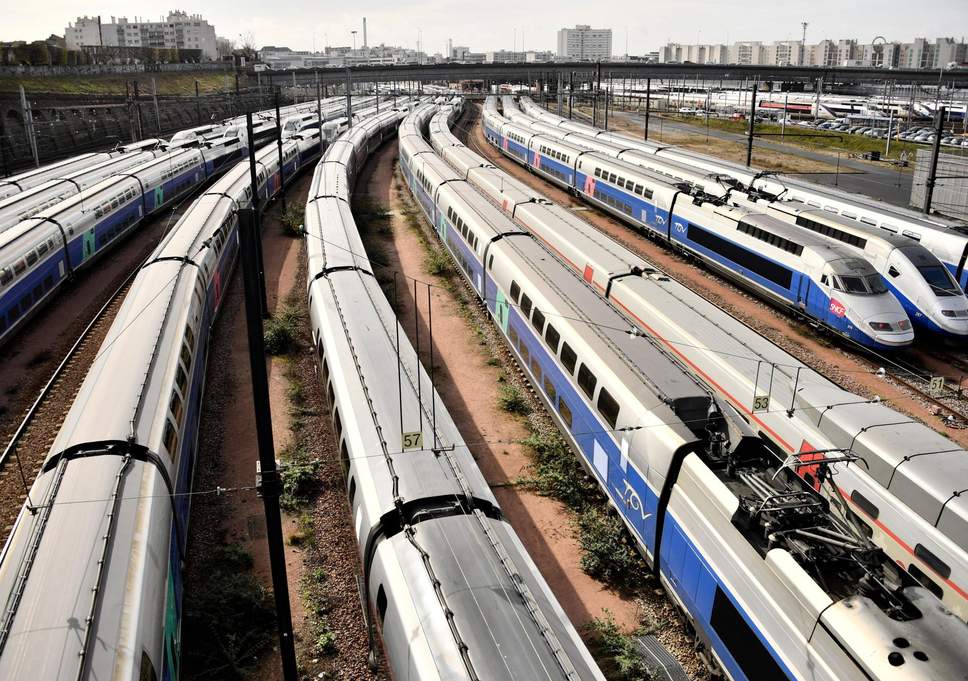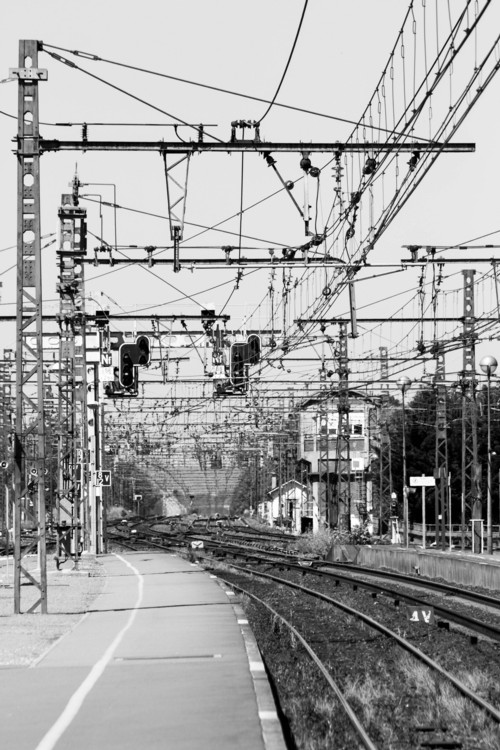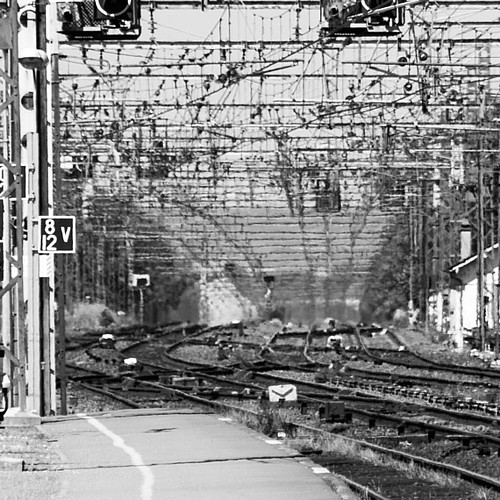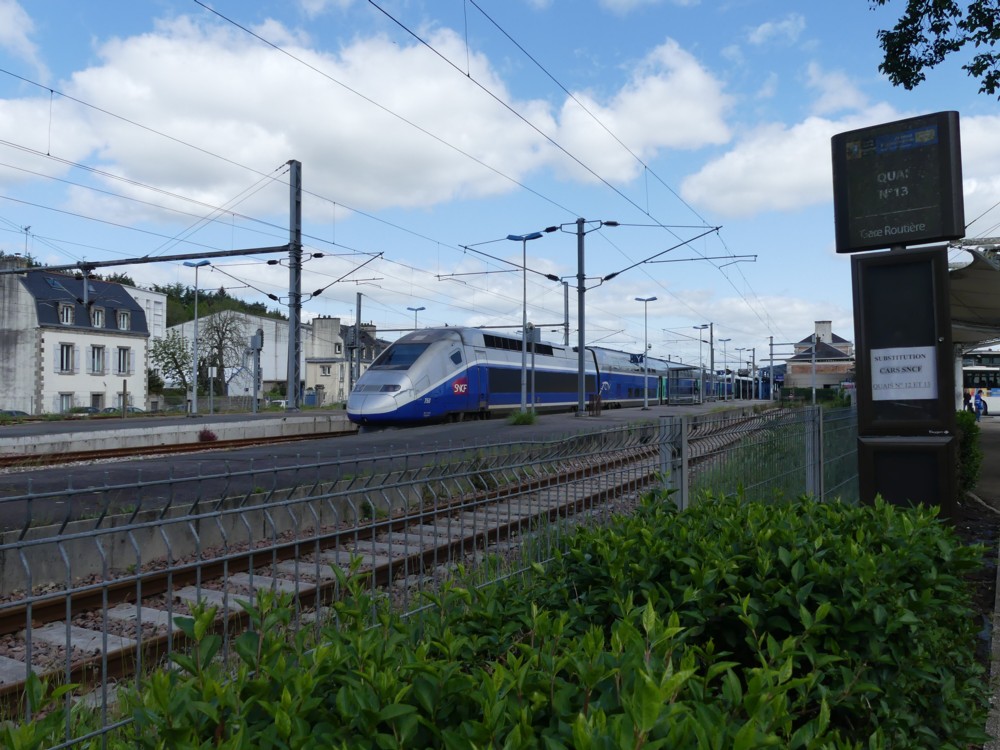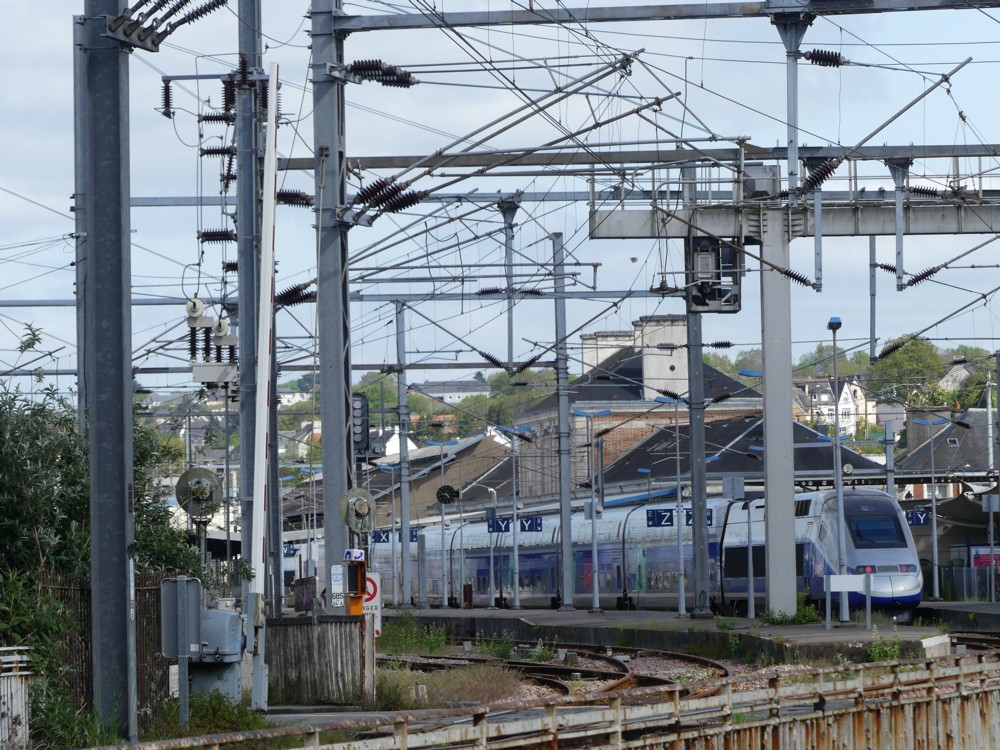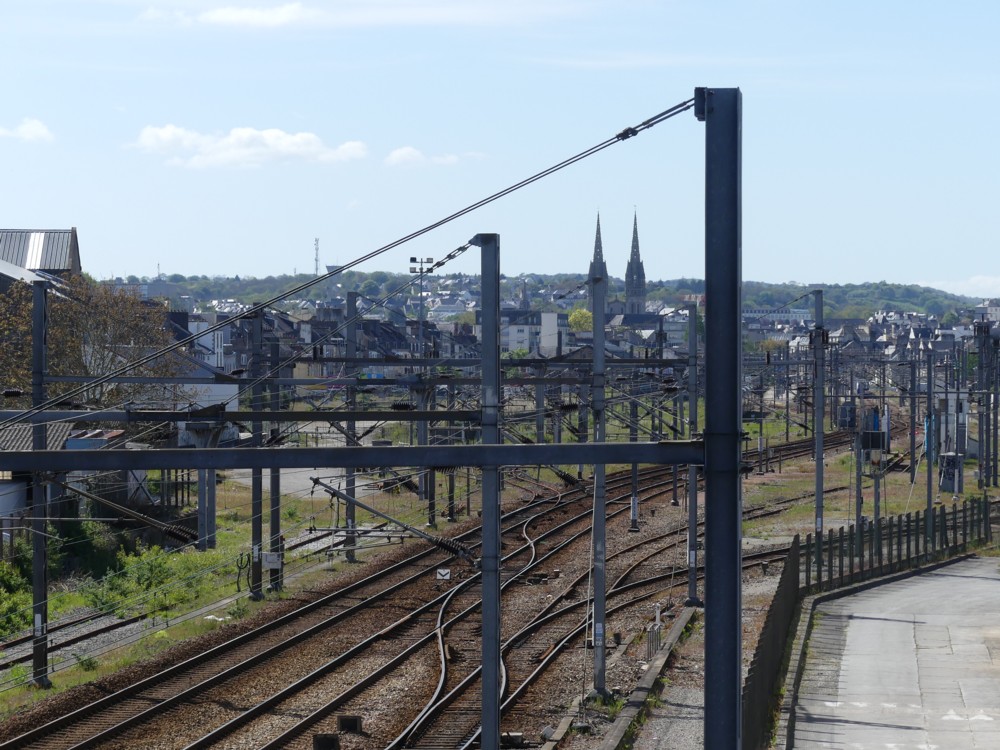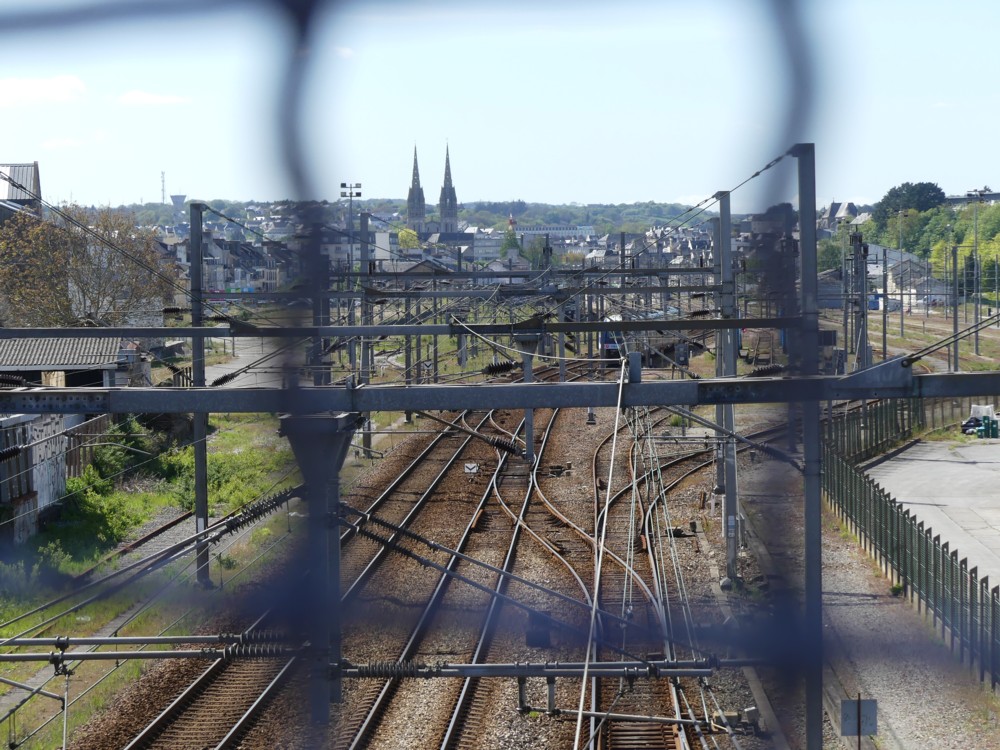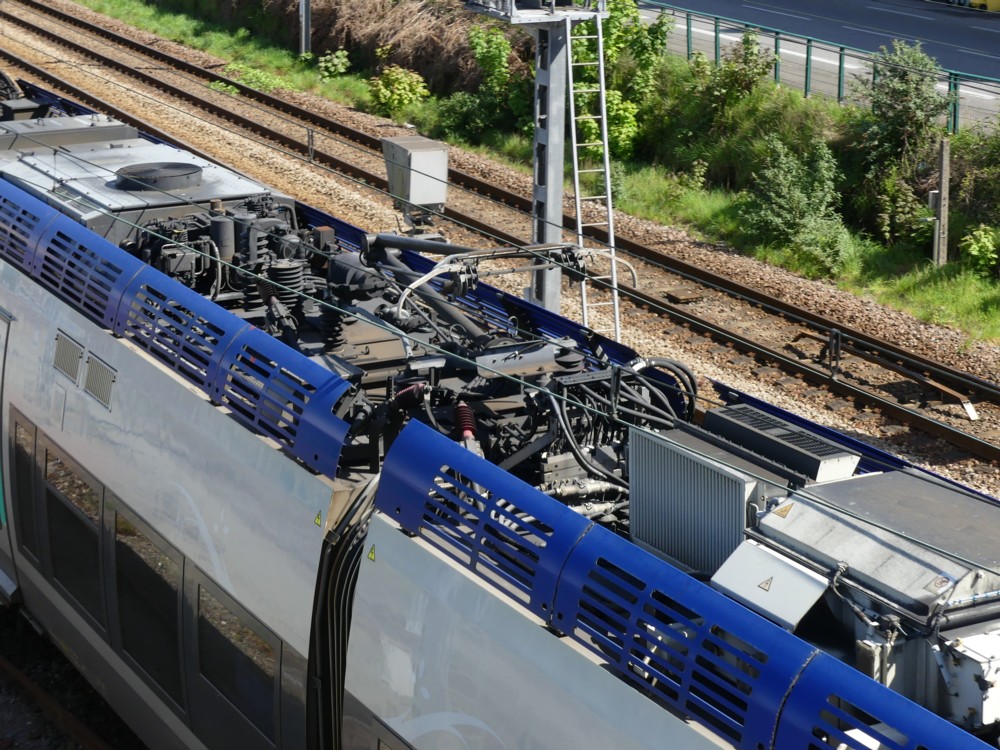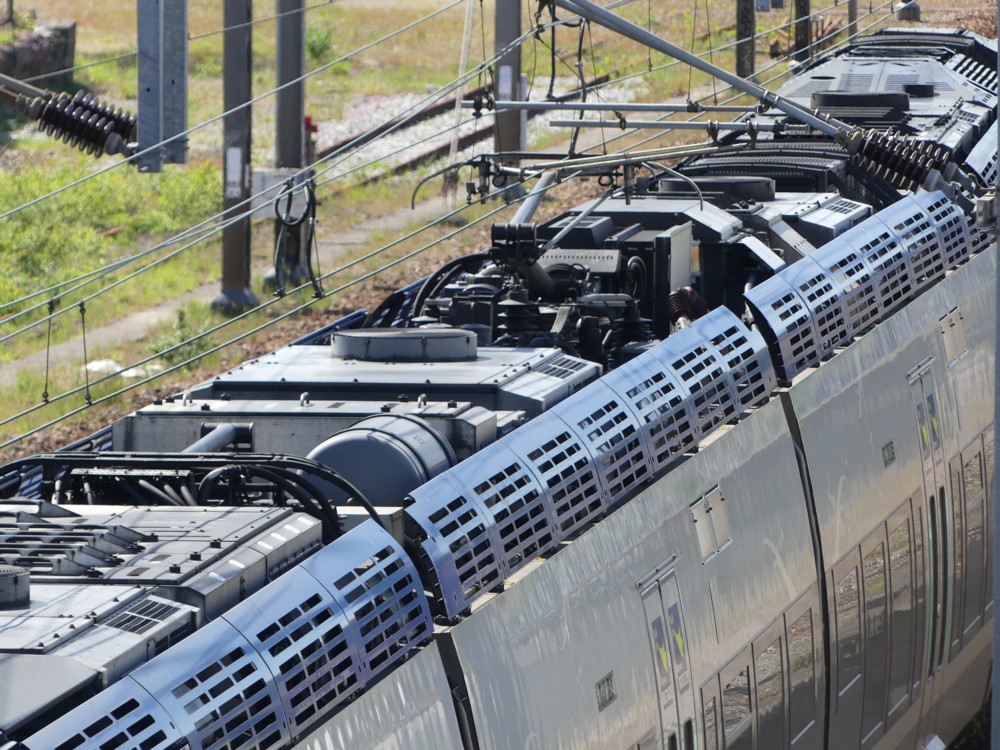On that same photowalk with GodDaughter 1, five years ago, that I mentioned yesterday, and a bit earlier than when I took yesterday’s photo, of her and her shadow and my shadow, I took these photos:
You can see how that little mind of mine was working, can’t you? That being one of the amusements of me taking so many photos that comes across years later. I can now see exactly what I was thinking, in a little photo-moment, five years ago.
I encounter an interesting sculpture. (I find that I like sculpture more and more, provided I like it of course.) Then, in the distance, I see a favourite Big Thing, in this case the Big Olympic Thing. I line up the Big Olympic Thing up the sculpture. I line it up again, this time including only that very recognisable top of the Big Olympic thing, and putting that right on top of the sculpture, like a handle. Good. Nice one.
Then I draw back, and take another shot that provides some more context, while being careful to keep the Big Olympic Thing present, to one side. What I do not do, regrettably, is photo any sign or caption which told me about this piece of sculpture. What is it? Who did it? When? Why? What’s it of? There must have been some clue I could have photoed.
Happily, this is the twenty first century, and a little descriptive googling (“sculpture clasped hands” or some such thing) got me to places like this, which tell the story. And it’s quite a story.

